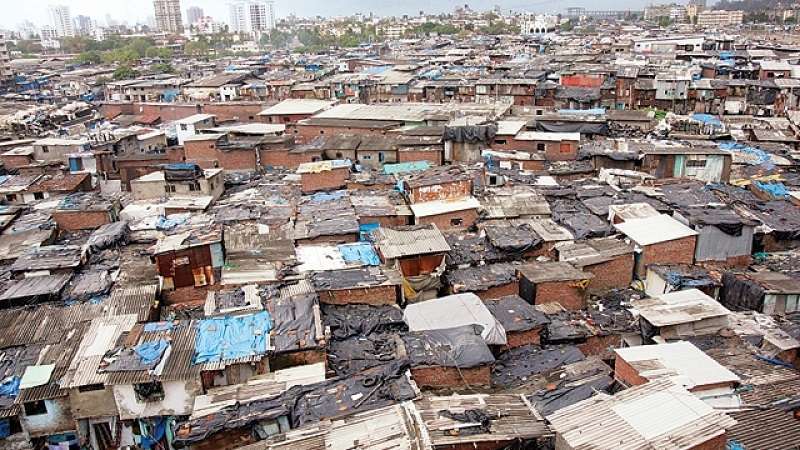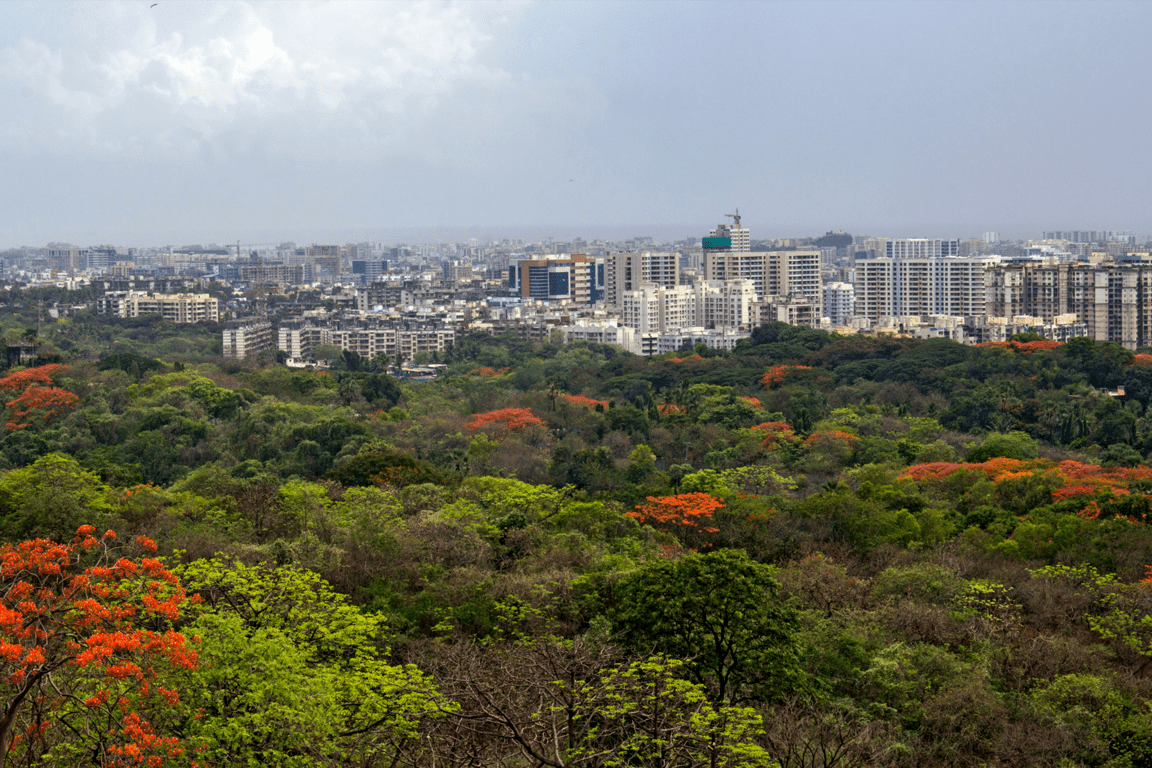IMPORTANCE OF ENVIRONMENTAL PLANNING
In the process of development, the issues confronting
today are achieving desired development for economic or social reasons on one
hand and safe guarding the environment and maintaining good quality living
conditions on the other. While taking up developmental activities, the
assimilative capacities of the environmental components i.e., air, water and
land to various pollution are rarely considered. Also, lack of proper land use
control is resulting in poor land use compatibility. The developmental activities
being haphazard and uncontrolled are leading to over use, congestion,
incompatible land use and poor living conditions. The problems of environmental
pollution are becoming complex and are creating high risk environment.
Conventionally, the environmental pollution problems are solved by introducing
environmental management techniques such as control of pollution at source,
providing of sewage treatment facilities etc. However, environmental risks are
not being controlled completely by such solutions. The environmental aspects
are to be induced into each of the developmental activities at the planning
stage itself and are to be well coordinated and balanced. Presently, the
environmental aspects are not usually considered while preparing master plans
or regional plans and the process is skewed towards developmental needs. For
all developmental activities, a crucial input is land and depending on the
activity a specific land use is decided. The environmentally related land use
such as trade and industry, housing construction, mining etc. are likely to
have some impact on the environment. These land uses need proper planning and
integration as some of the activities have interdependencies such as industry
with transport, housing etc.
Environmental planning is a positive process
which facilitates impactful decisions associated with land development methods.
The major portions which are given more considerations include natural
environment, political, social, governance and economic factors. A holistic
framework is provided to achieve a sustainable outcome. Environmental planning mainly aims at the creation of sustainable
communities to prevent and conserve the undeveloped land. With the help of
environmental planning, the relationships between the natural
and the human systems can easily be managed and maintained. The major
decision-making processes regarding the above-mentioned factors are mainly
dealt with environmental planning. It makes huge effort to
manage and maintain all these processes in a very orderly, equitable,
transparent and effective manner. This ensures beneficent of all the
constituents now and later, which are present within the systems. Environmental planning is an essential
procedure for every project because it will help inspire a win-win situation
for both the society and the environment. With effective environmental
planning, everyone will benefit by using the area in helpful and constructive
ways. Most importantly, this will also be advantageous to the environment as
it'll be able to preserve itself for future generations. To
help you gain a better understanding of its importance, here are three
components involved in environmental planning.
1. The first one is the current
status of the natural environment – taking all the existing uses, features and
natural resources at hand into account. This is where we assess the area that
will be used for the project. Without this step, environmental site assessments aren't possible.
2. Secondly, we have the part that
involves goal setting and other measurable objectives. This is where
professionals come up with plans to achieve the best possible result for the
site.
3. The third one is putting these plans into
action with the right people, materials and technology
If the environmental considerations are absence in planning:
Presently, the environmental aspects are not
usually considered while preparing master plans and the process is skewed
towards developmental needs. For all developmental activities, a crucial input
is land and depending on the activity a specific land use is decided. The
environmentally relevant land uses are trade and commerce, housing
construction, transport facilities (road, rail and water), utilities (water –
surface and ground etc.), refuse/hazardous waste disposal facilities,
wastewater installations, quarrying and mining, power generation, forestry,
recreation and tourism etc. These land uses are likely to have impact on the
environment. There is a need for assessment of the land in terms of not only
the economic aspects but also the environmental aspects and the land uses are
accordingly to be allocated so that the natural environment and ecological
balance is not disturbed.
The environmental problems of concern and increased environmental risks are due
to air pollution from vehicular, industrial and domestic sources, noise
pollution, water pollution – lack of proper storm water drainage and sewerage
system, improper and inadequate garbage collection and disposal system,
haphazard siting of industries/processes, transportation, storage and handling
of toxic or hazardous chemicals, lack of adequate open spaces and green areas;
etc. Conventionally, the environmental pollution problems are solved by
introducing environmental management techniques such as control of pollution at
source, providing of sewage treatment facilities etc. These measures are
proving to be inadequate because of the complexity associated with the dynamics
of development and to manage these all issues Environmental
planning is an essential.
Environmental
Planning Initiatives by CPCB
Environmental planning is a relatively new tool for environmental
protection in India. Historically, the Central and the State Pollution Control
Boards were entrusted with environmental protection with emphasis on control
and abatement of industrial pollution. The prevailing situation of industrial
siting and incompatible surrounding land uses demands adoption of more reliable
and long-lasting solutions. The need for environmental planning was understood
by CPCB and the Ministry of Environment & Forests (MoEF), Govt. of India.
Consequently, certain pilot studies were taken up at Central as well as State
level. Experience with this type of studies, in particular in the Union
Territory of Pondicherry (1988) and for Hassan District in Karnataka
(1991-1993), stimulated CPCB and SPCBs to start a programme on developing
necessary capacities for environmental planning within the environmental
administration. The provisions for this strategic development are founded in
the Environment (Protection) Act, 1986, which authorizes the Central Government
“to take all such measures as it seems necessary for the purpose of protecting
and improving the quality of the environment and preventing, controlling and
abating environmental pollution”. Measures under this clause may include
“planning and execution of a nation-wide programme for the prevention, control
and abatement of environmental pollution”. This task of environmental
management includes also spatial (geographical) aspects as “restriction of
areas in which any industries, operation or processes shall not be carried out or
shall be carried out subject to certain safeguards.” The best environmental planning allows for the weighing
of alternatives that otherwise might not be considered by those proposing some
kind of project or action. One compelling set of examples is the importance of
weighing the full range of options for addressing things like providing the
“work” we want done in our communities, whether that is transportation,
providing for comfortable buildings, providing lighting, and food preparation
and storage.
Generally,
when these activities are considered, the assumption is these will require
fossil fuels to either directly provide the fuel for the work to be done, or
electricity produced by fossil fuels. That thinking is heavily reinforced by
the industries that provide those energy sources who insist that the work can’t
be done without their products, that there will be unreliability, and our
economy will fall apart as a result. Because these companies often drive the
decision making about large projects like coal or natural gas power plants or
oil pipelines, too often a massive commitment of irretrievable resources means
that there is neither the capacity nor the will to choose a less fossil fuel
intensive source. A true, objective planning exercise to meet any of these
needs would start considering all options, starting with right sizing the
amount of energy needed to achieve the work. Additional considerations would be
to look at the energy options closest to the use (to reduce transmission costs
and investments), those that are most protective of other values in the
community (less pollution, less greenhouse gas production), and those that are
most sustainable (requiring less shifting of fuel sources).
Together We Will Grow,
Together We Will Build
Related Articles

JOURNALISM IN PLANNING

SMART CITY MISSION : IT’S IMPACT- BY MITASHA DUGGAL

Integrating nature based solutions: Green, Blue and Grey Infrastructure

A NEED TO UPGRADE THE SLUMS



